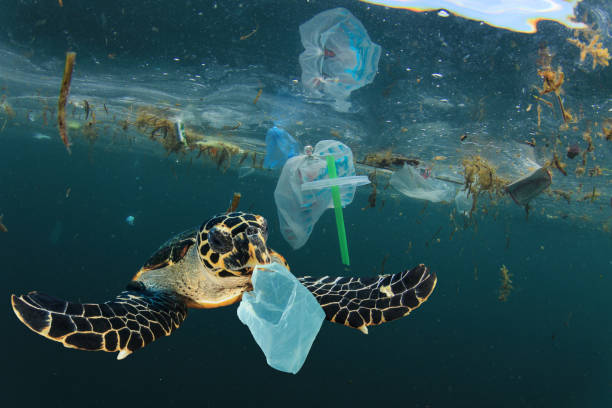Plastics Emissions and Transparency
“For companies and consumers that rely on plastics, there is a growing imperative to source options with a lower climate impact, higher post-consumer content, and widespread recyclability”
Plastics are ubiquitous in modern society, but their widespread use comes with severe impacts to the environment. According to the Coalition on Materials Emissions Transparency (COMET), around 6600 million tons of plastic made globally since the 1950s remains as pollution in our waterways and landfills. Additionally, more than 99% of this plastic has been produced using energy from fossil fuels, contributing significantly to worldwide greenhouse gas emissions throughout that time.

In COMET’s report Making Plastics Emissions Transparent, ways to balance reliance on plastic and the subsequent environmental harm are discussed. To understand the benefits of these possibilities, it is important to first understand the typical life cycle of plastics:
- Raw materials (fossil fuels, bioplastics, or recycled plastics) are extracted/processed
- The raw materials are converted into plastic products
- The plastic products are used
- The plastic products reach the end of their useful lives and are recycled, dumped into waterways or landfills, or are incinerated
The environmental impacts of the plastic life cycle varies through each step, with the highest contributor to greenhouse gas emissions being the extraction of raw materials and their processing into resin (the main ingredient of plastic). These emissions can be reduced by using renewable energy sources as well as opting for more sustainable raw materials. Using recycled/bio-plastics and avoiding naphtha (an oil derivative) can also help lower emissions.
Converting resin to the final plastic product is the second highest greenhouse gas contributor, and is an extensively power-intensive process. Choosing to use renewable energy sources directly or analyzing the energy grid mix to align usage with peak renewable hours are essential components of an emissions reduction strategy.
Transporting any material requires energy, the amount of which varies depending on the vehicle type, mode of transportation, and the distance traveled. This area of the plastic life cycle is under-researched, but it is estimated that it contributes only to a small portion of total emissions.
As plastic products reach the end of their useful lives, they are incinerated, recycled, or simply dumped. Each of these processes emit different amounts of greenhouse gasses. For example, mechanical recycling reduces the need to extract and convert raw materials as the cycle begins again. Traditional mechanical recycling does, however, degrade the plastic and reduce its quality. Dumping is considered a zero-emissions option but puts the groundwater at risk of microplastic pollution. Incineration emits the most greenhouse gasses since the plastic is being decomposed into its constituents and released into the air.
While taking these actions and converting business practices may be complicated and costly, the result could be companies contributing much fewer greenhouse gas emissions from the plastic life cycle and ultimately a healthier planet.
Here at ReDeTec, we strive to help consumers and businesses reduce their carbon footprint by providing a clean and cost-effective solution to small-scale plastic recycling, without compromising the properties that make plastic such a versatile material.

